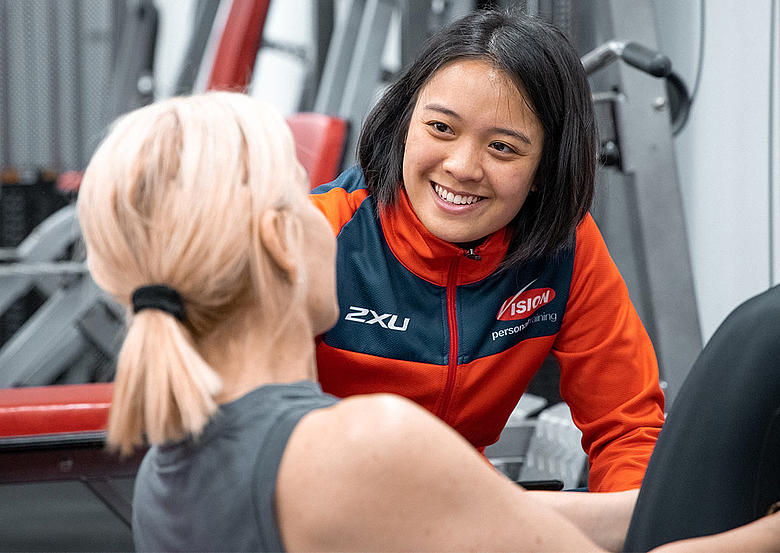In 2020, the prevalence of diabetes increased with age with almost 1 in 5 Australians aged 80–84 living with diabetes – almost 30 times as high as for those aged under 40 (0.7%). Diabetes was more common in males (4.8%) than females (3.8%), after controlling for age.
Type 1 diabetes is an autoimmune disease that occurs when the pancreas is no longer able to produce insulin needed as the cells that produce the insulin have been destroyed by the body’s immune system. Type 1 is managed with insulin injections several times a day, or through the use of an insulin pump.
Physical Activity & Eating Habits
Healthy eating is an important part of managing diabetes, which means paying close attention to what, when, and how much the diabetic eats on a daily basis. Effective management of diabetes is all about aiming for a careful balance between the foods eaten, how active the diabetic is, and the medication they take for their diabetes. Participating in regular physical activity can help to:
- Improve insulin sensitivity (makes insulin work better and lowers blood glucose levels).
- Improve blood pressure and lower blood fats, reducing the risk of heart disease.
- Achieve and maintain a healthy body weight.
- Increase bone strength and reduce the risk of osteoporosis.
- Improve quality of life and sense of wellbeing.
- Slow down the ageing process.
For ageing Type 1 diabetics, a natural loss of muscle and bone mass usually occurs and regular exercise can slow or even reverse this loss. It can also improve mobility and balance, help reduce muscle and joint pain and reduce the risk of falls. Whether you suffer from diabetes or not, keeping active and eating well has a huge bearing on your quality of life.
If you know anyone with Type 1 diabetes who you think would benefit from training with us, we would love an introduction to help them better manage their condition and improve their physical and mental wellbeing! You can refer them here.

